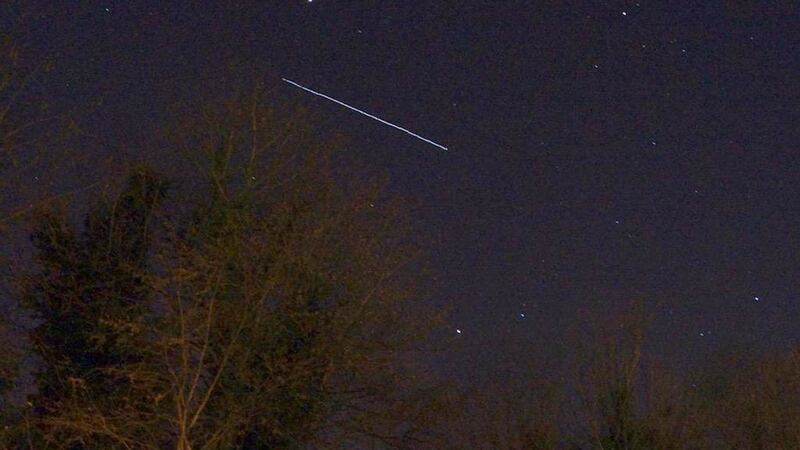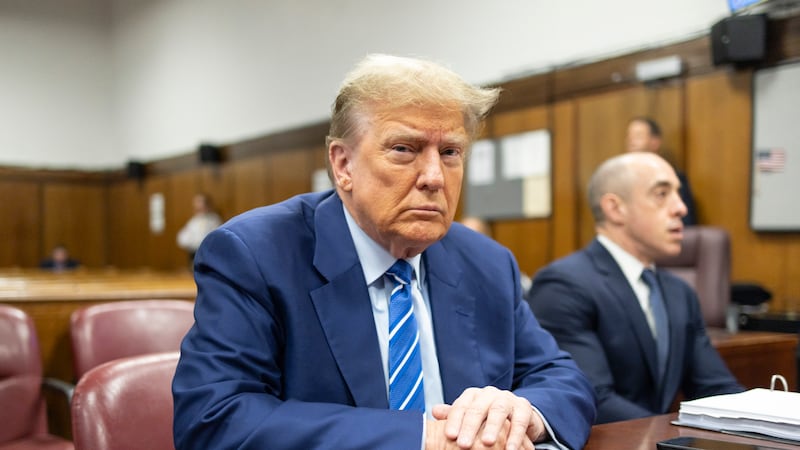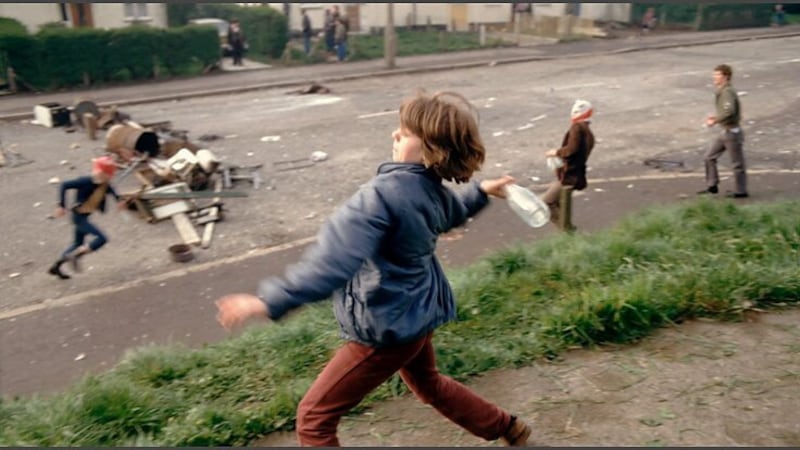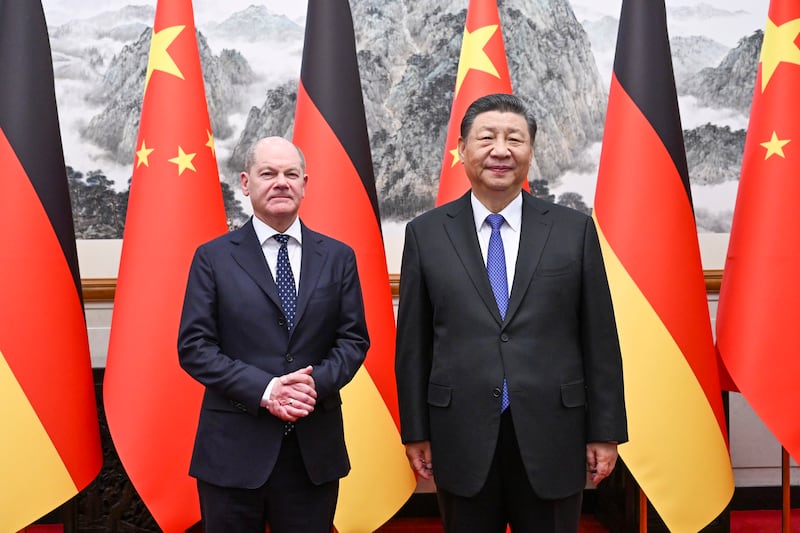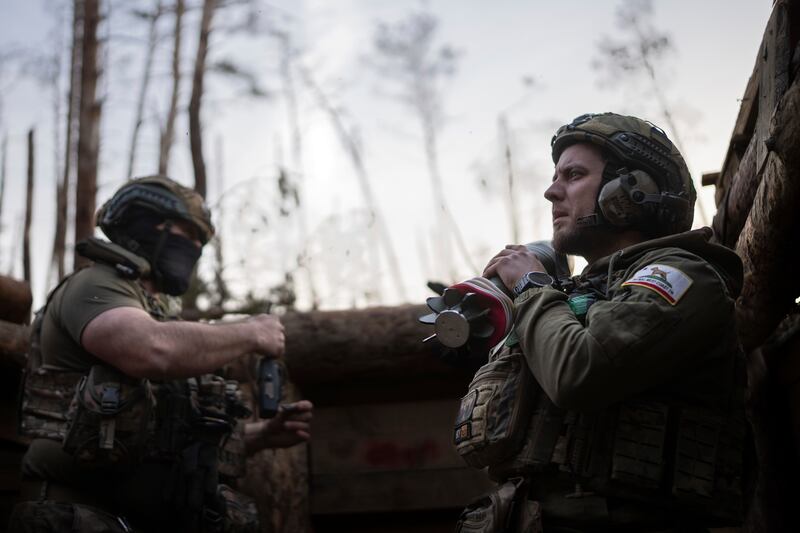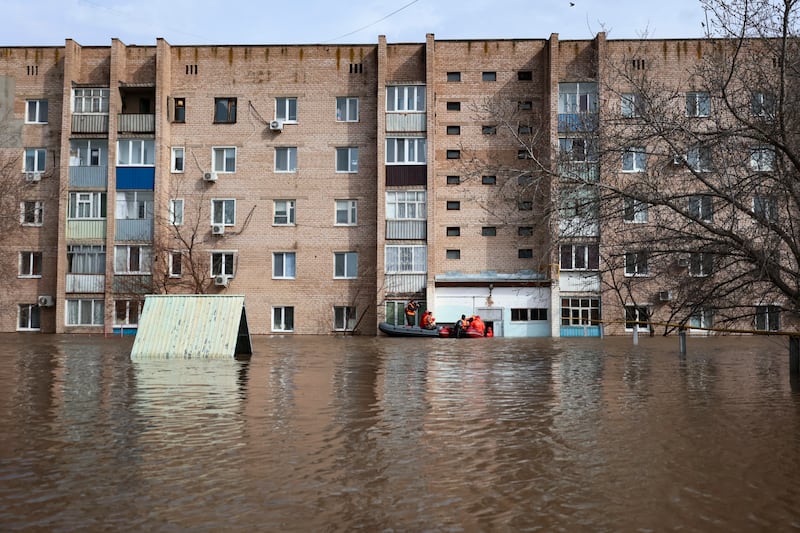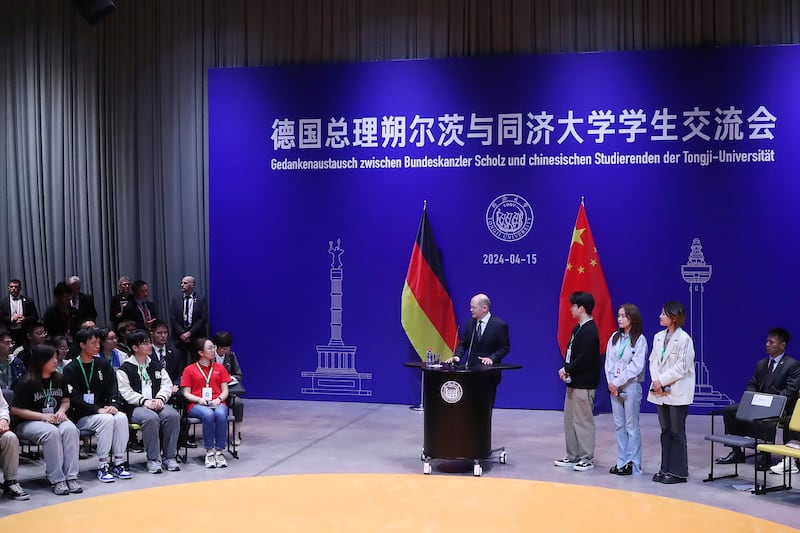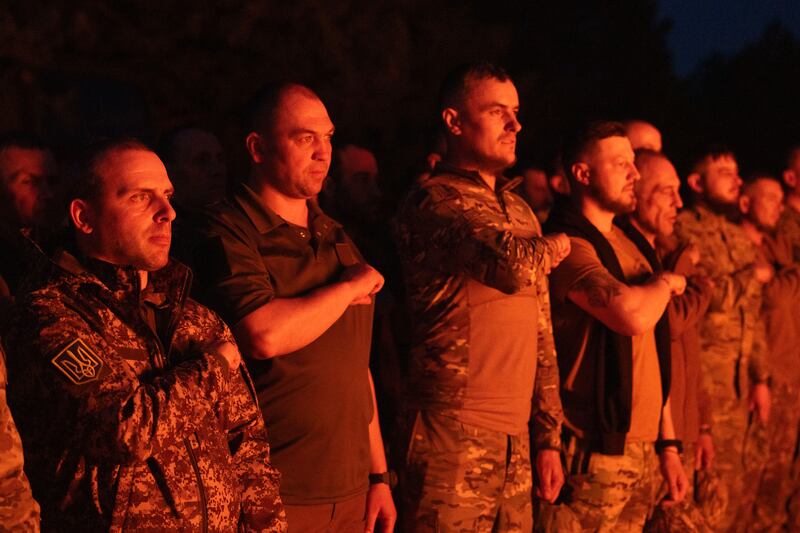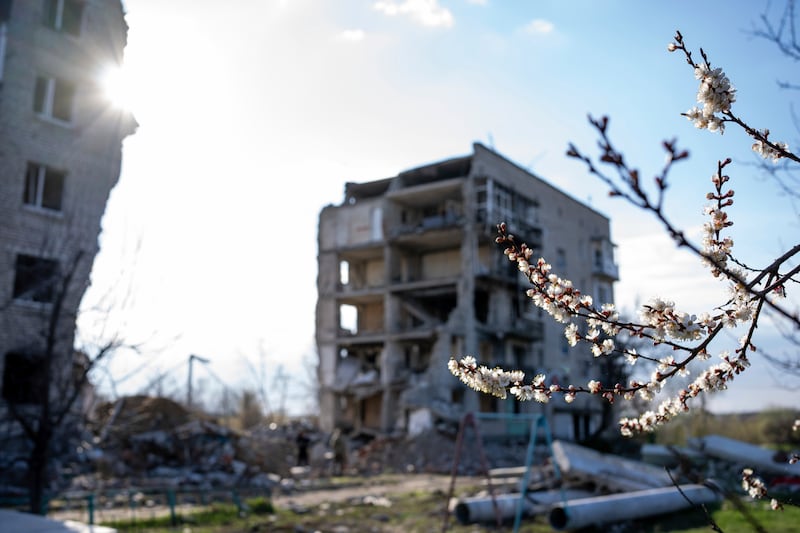Russia will pull out of the International Space Station after 2024 and focus on building its own orbiting outpost, the country’s new space chief has said amid high tensions between Moscow and the West over the fighting in Ukraine.
The announcement, while not unexpected, throws into question the future of the 24-year-old space station, with experts saying it would be extremely difficult – a “nightmare”, by one reckoning – to keep it running without the Russians.
Nasa and its partners had hoped to continue operating it until 2030.
Yuri Borisov, appointed this month to lead the state space agency Roscosmos, said during a meeting with President Vladimir Putin that Russia will fulfill its obligations to its partners before it quits the project.
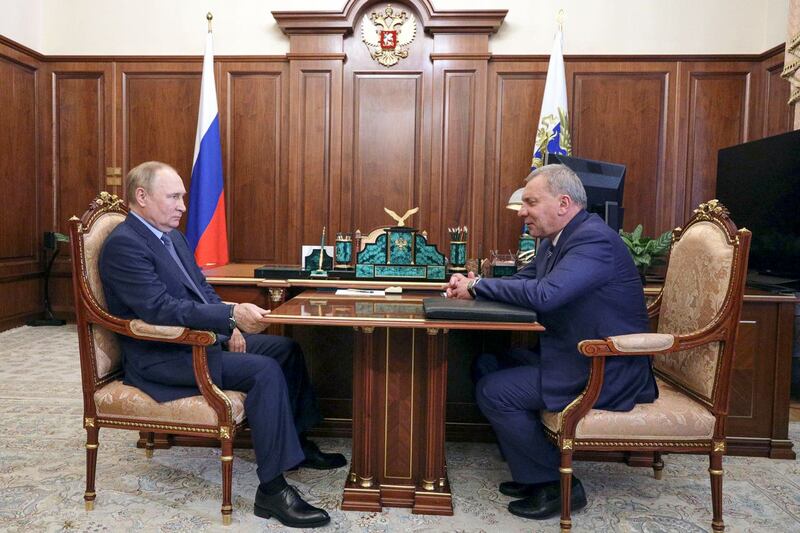
The space station has long been a symbol of post-Cold War international teamwork in the name of science but is now one of the last areas of co-operation between the US and the Kremlin.
“The decision to leave the station after 2024 has been made,” Mr Borisov said, adding: “I think that by that time we will start forming a Russian orbiting station.”
Nasa had no immediate comment.
Mr Borisov’s statement reaffirmed previous declarations by Russian space officials about Moscow’s intention to leave the space station after 2024 when the current international arrangements for its operation end.
Russian space officials have long talked about their desire to launch the country’s own space station and have complained that the wear and tear on the ageing International Space Station is compromising safety and could make it difficult to extend its lifespan.
Cost may also be a factor: with Elon Musk’s SpaceX company now flying Nasa astronauts to and from the space station, the Russian Space Agency lost a major source of income.
For years, Nasa had been paying tens of millions of dollars per seat for rides to and from the station aboard Russian rockets.
The Russian announcement is certain to stir speculation that it is part of Moscow’s manoeuvring to win relief from western sanctions over the conflict in Ukraine.
From the creation of drug treatments to studies of the Earth helping us better understand our changing planet, the @Space_Station has provided benefits to humanity for more than two decades. Check out the ISS Benefits for Humanity publication out today! https://t.co/3J5EWmB4Ji pic.twitter.com/cpIre3Kc6j
— ISS Research (@ISS_Research) July 25, 2022
Mr Borisov’s predecessor, Dmitry Rogozin, said last month that Moscow could take part in negotiations about a possible extension of the station’s operations only if the US lifts its sanctions against Russian space industries.
The space station is jointly run by Russia, the US, Europe, Japan and Canada.
The first piece was put in orbit in 1998, and the outpost has been continuously inhabited for nearly 22 years.
It is used to conduct scientific research in zero gravity and test out technology for future journeys to the moon and Mars.
It typically has a crew of seven, who spend months at a time aboard the station as it orbits about 260 miles above Earth.
Three Russians, three Americans and one Italian are now on board.
The 100 billion dollar-plus complex, which is about as long as a football field, consists of two main sections, one run by Russia, the other by the US and the other countries.
It was not immediately clear what will have to be done to the Russian side of the complex to continue safely operating the space station once Moscow pulls out.
Former Nasa astronaut Scott Kelly, who spent 340 continuous days aboard the International Space Station in 2015 and 2016, said that the Russian statement “could be just more bluster”, noting that “after 2024″ is vague and open-ended.
“I believe Russia will stay as long as they can afford to as without ISS they have no human spaceflight programme,” he said.
“Co-operation with the West also shows some amount of legitimacy to other non-aligned nations and to their own people, which Putin needs as the war in Ukraine has damaged his credibility.”
Mr Kelly said the design of the station makes it difficult but not impossible for the remaining nations to operate it if Russia were to withdraw.
Jordan Bimm, a historian of science, technology and medicine at the University of Chicago, said the Russian statement “does not bode well for the future of the ISS”, adding that “it creates a constellation of uncertainties about maintaining the station which don’t have easy answers”.
“What will ‘leaving’ look like?” he questioned.
“Will the last cosmonauts simply undock a Soyuz and return to Earth, leaving the Russian-built modules attached? Will they render them inoperable before leaving? Will Nasa and its international partners have to negotiate to buy them out and continue using them? Can these modules even be maintained without Russian know-how?”
Mr Bimm said that theoretically it is possible to keep the station running after the Russians bail out, but “practically it could be a nightmare depending on how hard Russia wanted to make it for Nasa and its remaining partners”.
If the Russian components of the station were detached or inoperable, the most immediate problem would be how to boost the complex periodically to maintain its orbit, he said.
Russian spacecraft that arrive at the station with cargo and crew members are used to help align the station and raise its orbit.
Scott Pace, director of George Washington University’s space policy institute, said other considerations include replacing the ground communications that Moscow provides and disposing of the Russian property attached to the station.
He said, too, that “it remains to be seen whether the Russians will, in fact, be able to launch and maintain their own independent station”.
Russia has made no visible effort so far to develop its own station, and the task appears increasingly daunting now amid the crisis in Ukraine and the western sanctions that have limited Russia’s access to western technology.
Well before the development of the International Space Station, the Soviets – and then the Russians – had a number of their own space stations, including Mir.
The US likewise had its own floating space laboratory, Skylab.
Despite the tensions over Ukraine, Nasa and Roscosmos struck a deal earlier this month for astronauts to continue riding Russian rockets and for Russian cosmonauts to catch lifts to the space station with SpaceX beginning this autumn.
But the flights will involve no exchange of money.
Nasa has been working with US companies on establishing their own private space stations to eventually replace the International Space Station.
Nasa hopes that these commercial space stations will be up and running by the end of the decade.
